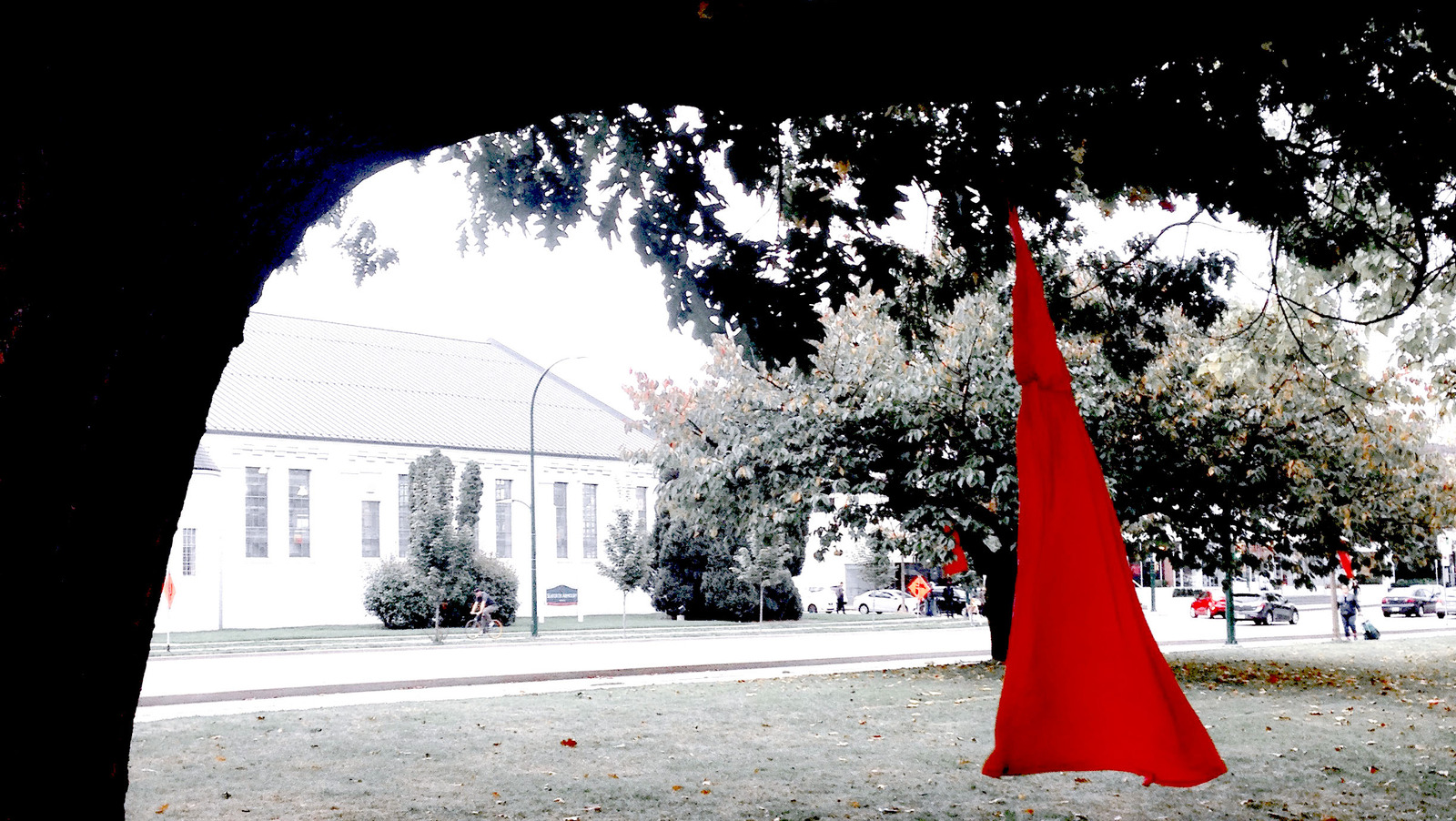
Most states have little data on the Indigenous women crisis, which makes the issue harder to track. The true number of missing and murdered Indigenous women in the U.S. is unknown. The lack of data also lends credence to the idea that the crisis isn’t that widespread, despite studies suggesting otherwise. According to MPR News, someone would have to systematically speak to every tribe across the U.S. to get a full scope of what’s happened over decades.
According to Times-Standard, one reason data is lacking is because Indigenous women are often misclassified as being of a different ethnicity; their cause of death is also often added to the system incorrectly. “There’s always been significant problems and significant undercounting, and there are still those problems across the country,” Yurok Tribal Court Chief Justice Abby Abinanti told Times-Standard. The publication notes that several California tribes had their federal protections taken away from them in the late 1900s, so victims during that time could have been misclassified as white due to their tribes not legally registering; it’s unknown whether victims were then reclassified correctly after their tribes was given back their rights.
READ RELATED: Douglas Uhde Dies Four Days After Killing Judge John Roemer
Certain important data is simply not collected by state or federal law enforcement. For example, many sex-trafficked minors came out of the foster care system, which is a relevant statistic that isn’t collected, writes Times-Standard. Other collected data isn’t available to tribes or researchers, even if they request data through the Freedom of Information Act.
Source:






